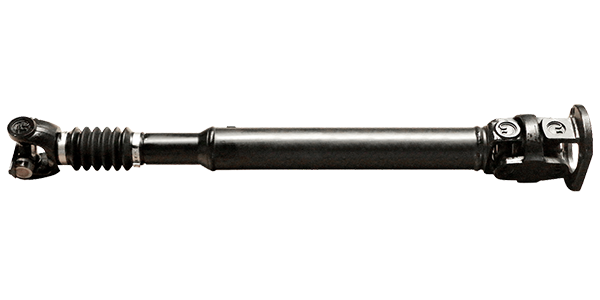Wintertime heater operation presents numerous questions and problems. Four Seasons Inc. offers the following guidelines for professional technicians to ensure the heating efficiency of their customers’ vehicles when the weather turns cold.
1. Verify coolant level and condition. If the system is low, the heater core is the first to lose coolant flow, causing a lack of heat in the passenger compartment. Old coolant can cause corrosion and scale buildup that can restrict coolant passages and reduce flow to or through the heater core.
2. Check the temperature of the engine coolant to see if it has reached normal operating temperature. If the engine thermostat is opening prematurely, the engine temperature may not be sufficient to heat the vehicle cabin. A scan tool can read the coolant temperature sensor, or for older vehicles, a digital pyrometer can be used for this test. Check the temperature of the thermostat housing to determine the approximate opening temperature of the thermostat. Remember, normal operating temperature will be 20º to 25ºF higher than the temperature stamped on the thermostat.
3. The heater core should be checked for proper coolant flow. Simply touch both of the heater hoses at the firewall to see if they are hot to the touch. If one hose is hot and the other hose is cool to the touch, then the coolant supply to the heater core is insufficient to heat the cabin. The problem could be a closed heater control valve, a defective water pump, air in the system, coolant system restriction or a clogged heater core.
4. If both heater hoses feel equally hot, then the most likely problem is the temperature blend door not allowing air to pass over the heater core. Follow the manufacturer’s procedure to test and adjust the blend door. Another problem that could occur is a bypassing heater core. Some core designs have a separator plate in the tank between the two pipe fittings. The separator plate can erode away, allowing coolant to flow from the inlet pipe to the outlet pipe without passing through the core.
5. If an air pocket develops in the heater core, coolant will not circulate through the core. Check the manufacturer’s recommended air bleeding procedure. The technicians may also be able to bleed the air from the system by using a cooling system pressure tester to lightly pressurize the cooling system. Loosen one of the clamps and hose at the heater core but do not remove the hose. Lightly pressurize the coolant system, allowing the trapped air to leave the system via the loosened hose. When coolant starts to leak from the heater core fitting, re- tighten the clamp.
6. At times the heater core may have a buildup of sediment, which interferes with its ability to be a heat exchange unit. Flush the core and re-test.
7. Remember, an 85º to 100ºF increase from ambient temperature is the normal operating range of the heater. If the ambient temperature is zero degrees, then the expected duct temperature should be about 90ºF.
For more information, visit www.4s.com.











